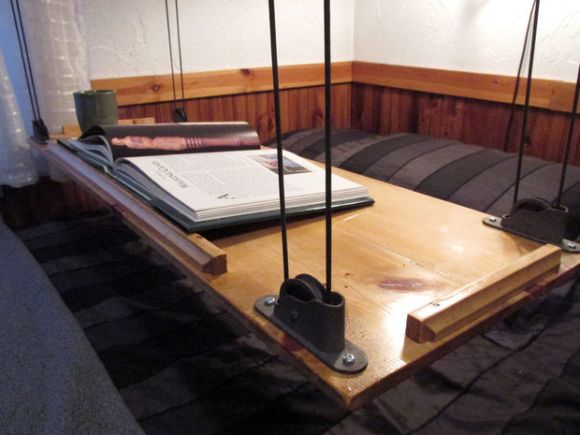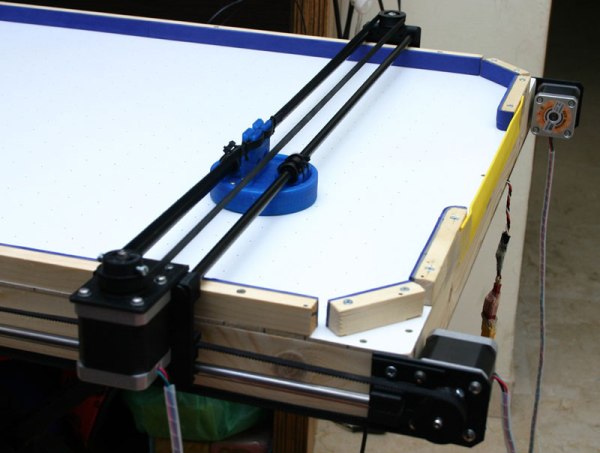 It’s a remarkable thing when ad agencies manage to help people in the course of advertising. The University of Technology and Engineering Peru (UTEC) was looking for ways to increase enrollment. They went to the Peruvian offices of agency DraftFCB and came away with the idea to install a billboard that converts Lima’s water-saturated coastal desert air into potable water.
It’s a remarkable thing when ad agencies manage to help people in the course of advertising. The University of Technology and Engineering Peru (UTEC) was looking for ways to increase enrollment. They went to the Peruvian offices of agency DraftFCB and came away with the idea to install a billboard that converts Lima’s water-saturated coastal desert air into potable water.
Perhaps the only downside is that it requires electricity, and not just for those cool neon water drops. There are five generators that capture the humidity and use reverse osmosis to purify the water. Each of these units has a tank that holds 20L. From there, the clean water is aggregated in a main tank and can be collected from a faucet at the base of the billboard. In just three months, the billboard produced over 9,000L (2500 gallons) of potable water for people who would otherwise draw polluted water from wells.
We love to see hacks that help. Use your powers for good, like re-purposing humid air and pollution. Make the jump to see a short video and an artist’s conception of the billboard’s innards.
Continue reading “Billboard Advertises Engineering School, Manufactures Potable Water”




 Okay, so he doesn’t have Grandma riding in it that we know of, but [zim] recently decided to turn a Jazzy mobility chair into “a radio-controlled platform for mischief”. RC offers more range than wifi or bluetooth, and he was able to find a reasonably priced secondhand radio on Craigslist. However, he found out that in the event of signal loss, the receiver keeps sending the last commands to the speed controller. [zim] didn’t want his 150 lb (68kg) mischief platform getting loose, so
Okay, so he doesn’t have Grandma riding in it that we know of, but [zim] recently decided to turn a Jazzy mobility chair into “a radio-controlled platform for mischief”. RC offers more range than wifi or bluetooth, and he was able to find a reasonably priced secondhand radio on Craigslist. However, he found out that in the event of signal loss, the receiver keeps sending the last commands to the speed controller. [zim] didn’t want his 150 lb (68kg) mischief platform getting loose, so 











